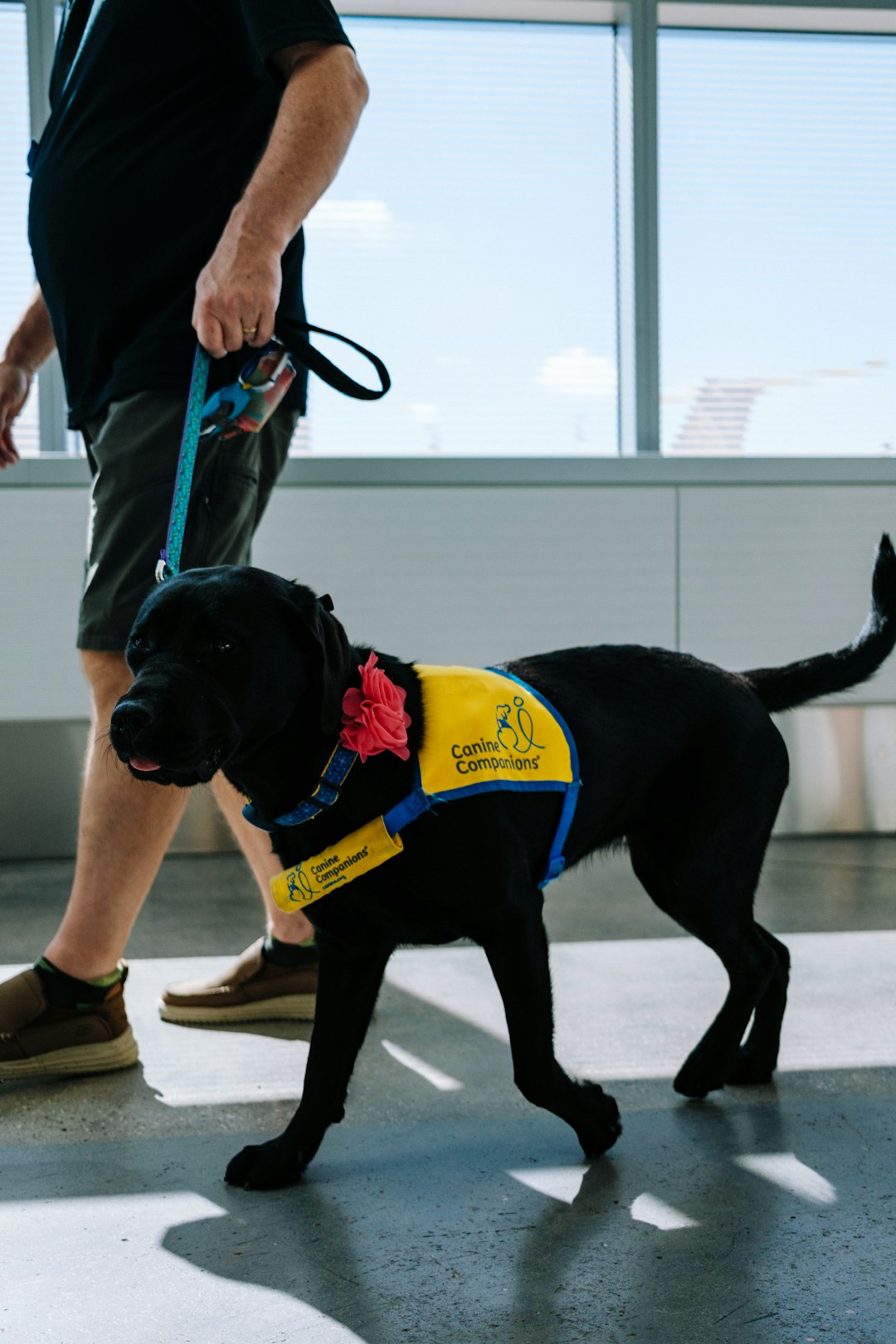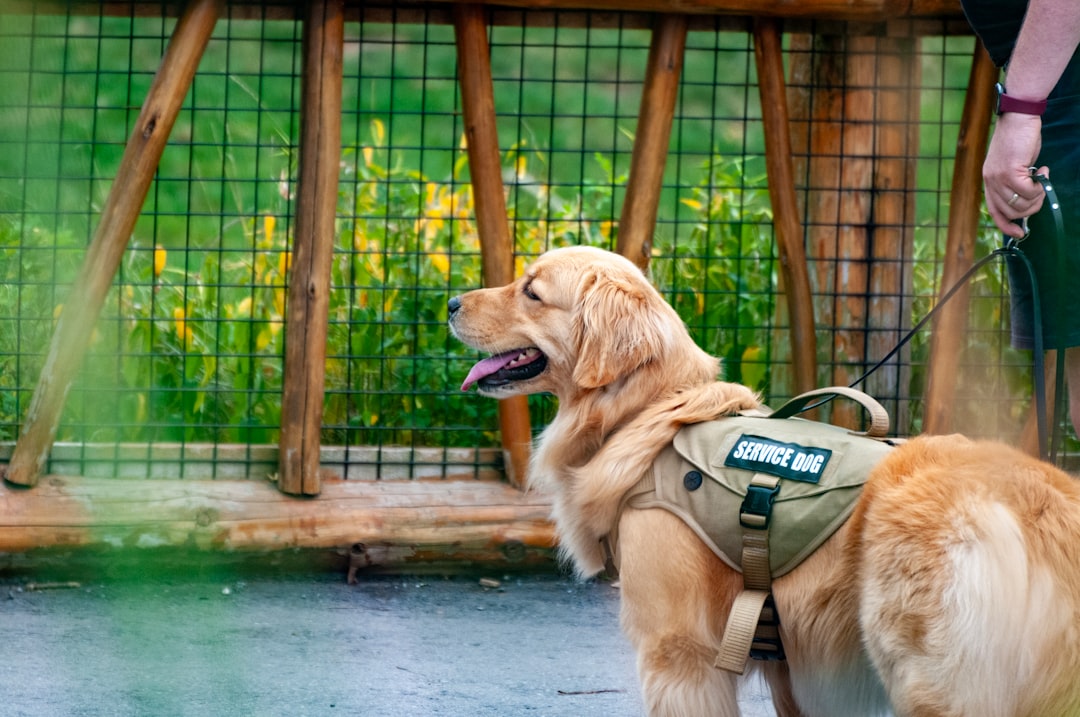Service dogs are invaluable companions to individuals with disabilities, providing assistance and improving the quality of life for their handlers.

However, there are numerous myths and misconceptions about service dogs that can lead to misunderstandings and misinformation. In this section, we will debunk some of the most common myths and clarify the truth about service dogs.
Myth 1: Any Dog Can Be a Service Dog
Not all dogs have the temperament, intelligence, or physical ability to be service dogs.
Service dogs undergo rigorous training to perform specific tasks that assist individuals with disabilities. Only dogs that meet certain criteria in terms of behavior, health, and aptitude can successfully become service dogs.
Myth 2: Service Dogs are Just Pets
Reality: Service dogs are working animals, not pets.
They are trained to perform tasks that mitigate their handler’s disability, such as guiding a visually impaired person, alerting to medical conditions, or providing mobility assistance. While they may also provide companionship, their primary role is to assist their handler in daily tasks.
Myth 3: Service Dogs Don’t Need Training

Reality: Service dogs require extensive and specialized training to perform their duties effectively.
This training can take up to two years and includes basic obedience, task training, and public access training to ensure the dog can perform its tasks reliably in various environments.
Myth 4: Emotional Support Animals (ESAs) and Therapy Dogs Have the Same Rights as Service Dogs
Reality: Emotional support animals and therapy dogs do not have the same legal rights as service dogs.
Service dogs are protected under the Americans with Disabilities Act (ADA) and are allowed to accompany their handlers in public places where pets are typically not permitted. ESAs and therapy dogs do not receive this level of access and protection under the ADA.
Myth 5: It’s Easy to Identify a Service Dog by its Breed or Appearance

Reality: Service dogs come in all shapes, sizes, and breeds.
There is no specific breed requirement for service dogs, and their appearance alone does not determine their status. The key factor is the training and tasks the dog performs to assist its handler, not its breed or appearance.
Myth 6: Service Dogs Must Be Trained by a Professional or a Program
Reality: Some handlers choose to train their own service dogs.
However, a professional can help ensure effective service dog training, offerring specialized knowledge and skills to a handler who has not had experience training service dogs.
Many service dogs are trained by professional organizations that have the expertise to ensure the dogs meet the highest standards.
Myth 7: Service Dogs are Always Working
Reality: While service dogs are trained to assist their handlers, they also have downtime when they are off-duty.
During these times, they can relax, play, and enjoy activities like any other dog. However, they are always ready to respond to their handler’s needs when required.

Myth 8: Service Dogs are Protective
Reality: Service dogs are trained to be calm, focused, and non-aggressive.
They are selected for their even temperament and ability to remain composed in various situations. An aggressive or overprotective dog would not be suitable for service work and would not pass the rigorous training and evaluation process.
They are selected for their even temperament and ability to remain composed in various situations. An aggressive or overprotective dog would not be suitable for service work and would not pass the rigorous training and evaluation process.
Myth 9: Service Dogs Must Always Wear a Vest or Have “Papers” When in Public
Reality: A common misconception is that service dogs are required to wear a vest or carry “papers” to prove their status when out in public. This is not true.
According to the Americans with Disabilities Act (ADA), service dogs are not required to wear any specific identification or carry documentation to accompany their handlers in public spaces.
While vests and identification tags are not required by law, many handlers choose to use them because they can help reduce confusion and prevent unwanted questions.

A vest can signal to the public that the dog is working and should not be distracted. However, the absence of a vest or ID does not diminish the dog’s status as a service animal.
Conclusion
Understanding the facts about service dogs is essential for fostering a supportive and inclusive environment for individuals with disabilities.
Dispelling these myths and misconceptions helps to ensure that service dogs and their handlers receive the respect and accommodation they deserve.
Service dogs are remarkable animals that provide invaluable assistance, and recognizing their true role and capabilities is key to appreciating the vital work they do.


